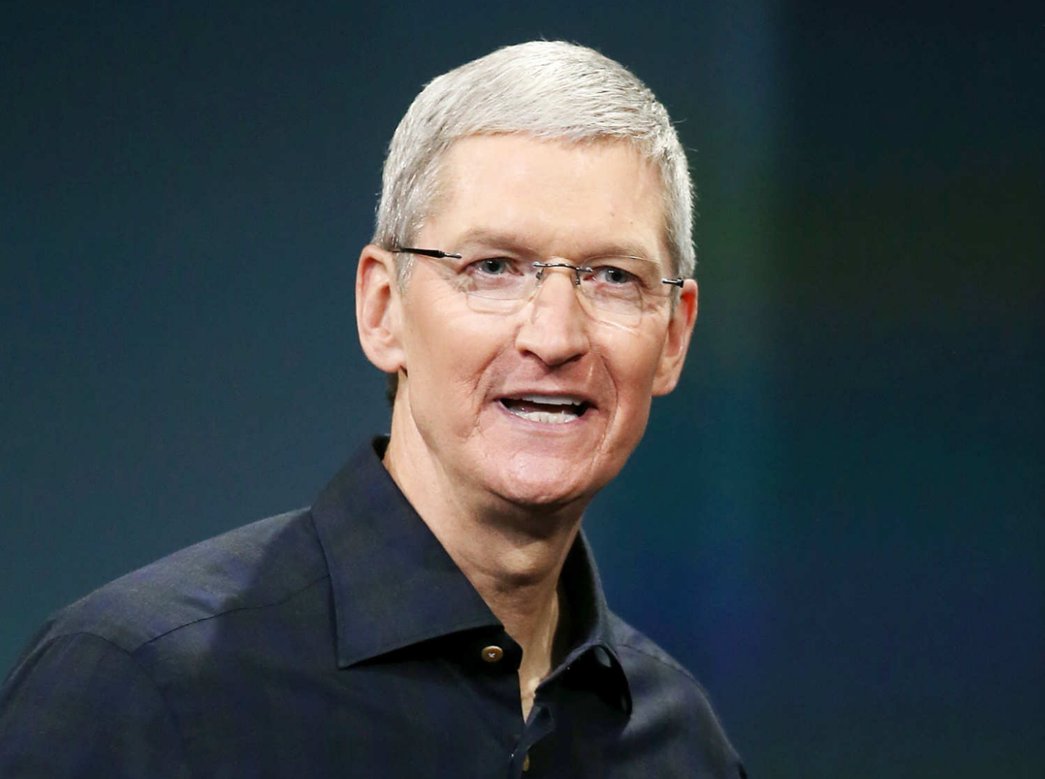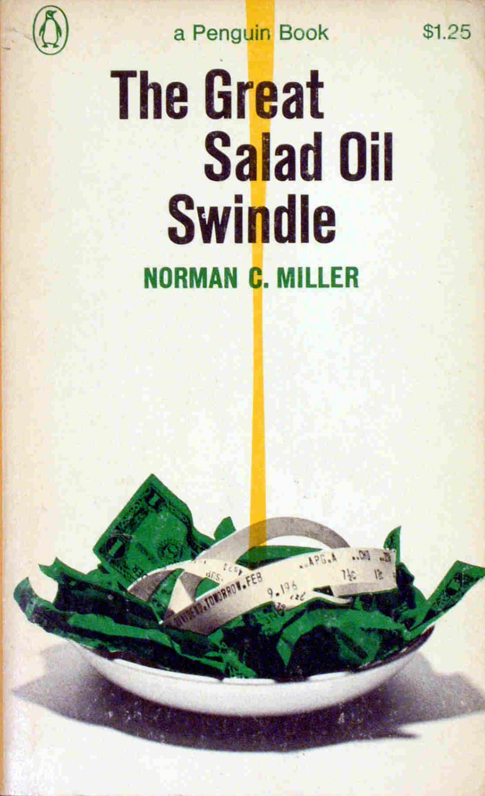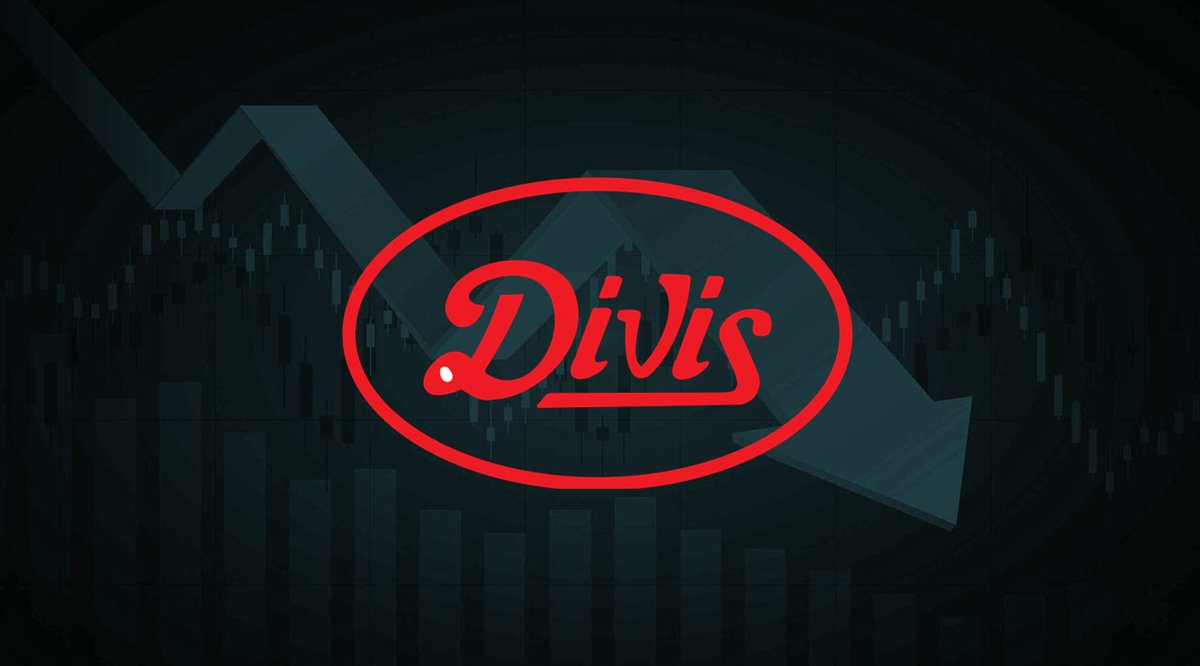
We all start our investing journey with #WarrenBuffett - The greatest investor of all time
In this detailed thread I have covered some of the most interesting case studies and how he kept on improving his investment framework over the time !
Like and retweet for maximum reach!
In this detailed thread I have covered some of the most interesting case studies and how he kept on improving his investment framework over the time !
Like and retweet for maximum reach!

Journey of Warren Buffet
Warren Buffet started his investing journey at the age of 13 by selling groceries from his grandfather’s shop. He sold chewing gum and newspapers door to door and simultaneously collected caps of Coca-Cola bottles. This was his first exposure to
Warren Buffet started his investing journey at the age of 13 by selling groceries from his grandfather’s shop. He sold chewing gum and newspapers door to door and simultaneously collected caps of Coca-Cola bottles. This was his first exposure to
Coca-Cola and from here he gradually built his understanding of Coca-Cola and created massive wealth by investing in this stock. He used a similar strategy to create massive wealth in his other investments as well.
Investing Framework
Warren Buffet before learning under Benjamin Graham who is known as the father of value investing, followed an investing framework which is known as Cigar butt Investing. As per this framework, you buy stocks of a company which are trading at valuations
Warren Buffet before learning under Benjamin Graham who is known as the father of value investing, followed an investing framework which is known as Cigar butt Investing. As per this framework, you buy stocks of a company which are trading at valuations
much lower than their actual valuations and without focusing much on the quality of the business. It is a form of troubled-asset investment. This is what Warren Buffet has to say about Cigar butt Investing: 

When he started learning under Benjamin Graham, he understood the importance of valuations. When he met Charlie Munger at Berkshire Hathaway, he understood the importance of quality business and going forward he developed his framework around buying not just cheap stocks but,
buying high quality businesses at attractive valuations.
How to determine high quality businesses?
There are 2 categories of a high quality business:
1)They can redeploy the cash which they generate back into the business at a much higher rate. They have enough runway to keep investing their cash to grow their business.
There are 2 categories of a high quality business:
1)They can redeploy the cash which they generate back into the business at a much higher rate. They have enough runway to keep investing their cash to grow their business.
2)These companies don’t need much redeployment of cash and the business can grow without much incremental investment. These companies usually pay dividends and engage in share buybacks.
An example of the first category in the Indian scenario are Laurus Labs and Deepak Nitrite. The chart in the image below shows the returns generated by the business of the company over time. 

The business of both these companies have generated returns as high as 30-40% as seen from the image above. If these companies were to give dividends, instead of reinvesting in their business, it would not have been easy for retail investors to generate this level of returns or
more as there are not many ways in which this can be done by the retail investors.
An example of the second category in the Indian scenario are IEX and CDSL. The chart in the image below shows the returns generated by the business of the company over time. 

As seen from the charts in the image above, both of these companies have had a dividend payout ratio of more than 50%.
Along with a high-quality business, you also need high-quality management to run that business. Buffet advises Investors to find high-quality management who can redeploy the funds back into the business at higher rates rather than taking the dividends themselves and finding
newer opportunities themselves.
Warren Buffet in his interviews has mentioned that Tim Cook who is currently the CEO of Apple Inc is the smartest guy he has ever met. He has mentioned that the way he understands human behavior nobody else does.
Warren Buffet in his interviews has mentioned that Tim Cook who is currently the CEO of Apple Inc is the smartest guy he has ever met. He has mentioned that the way he understands human behavior nobody else does.

The key tenets of Warren buffet’s investing framework are:
1)Buy high quality business at fair prices.
2)Circle of Competence.
3)Margin of Safety.
4)Increase allocation when you are confident about the story of the company.
1)Buy high quality business at fair prices.
2)Circle of Competence.
3)Margin of Safety.
4)Increase allocation when you are confident about the story of the company.
Circle of competence basically means to buy businesses in those sectors where you have a good sectoral understanding as it is impossible to study each and every sector and the companies within that sector. As an example, a person who is working in banking can identify good
investing opportunities in the banking sector , a person who is working in IT can identify good investing opportunities in the IT sector and so on. Warren Buffet’s Circle of Competence is Insurance, Banking and Consumer Products and he generally avoids businesses in the IT sector
Margin of safety basically means to have a cushion while buying any investment. To explain it in investing terms, suppose you estimate the intrinsic value of a stock to be ₹ 1000, you have to try to buy the stock at ₹500 instead of ₹800 or ₹900 to get more margin of
safety as your estimates could be wrong.
Let us see how this investing framework has played out over time for the companies in which he has invested.
Companies invested
1)See’s Candy
See’s candies is a chocolate making company which was started by Mary Sea. While planning to invest in See’s candies,
Companies invested
1)See’s Candy
See’s candies is a chocolate making company which was started by Mary Sea. While planning to invest in See’s candies,

Warren Buffet and Charlie Munger considered quality of the business as an additional factor for the first time. Their approach earlier, was to buy businesses at 0.2-0.5 times book value or lower and sell them at their intrinsic value.
During their study of See’s candy, they discovered that the company gets the cash immediately on the sale of their product and since chocolate is a perishable product, they need to hold a small amount of inventory to prevent inventory loss. The business was a cash rich
business with minimum capital requirements. People buy See’s candies chocolates not for personal consumption but to gift other people on occasions like birthdays, anniversaries, valentines day and others. As these customers want to gift these chocolates, they will go (Continued)
for a high quality and preferably premium price product. The company had a strong brand recall in the region of Western America where they operated. The strong brand of the company gave them the pricing power as a result of which they
increased their prices every year on 26th December.
Considering all this, they bought a 100% stake in See’s candy in 1972 when they had revenues of $30 million and a post-tax earnings of $3 million by assuming a 30% tax rate.
Considering all this, they bought a 100% stake in See’s candy in 1972 when they had revenues of $30 million and a post-tax earnings of $3 million by assuming a 30% tax rate.
This was a Price to sales multiple of around 0.8 and a Price to earnings multiple of around 7. The details of this transaction are summarized below: 

2)GEICO
GEICO stands for Government Employees Insurance Company as it provides insurance to government employees. When Warren Buffet was planning to buy GEICO, he did not have any understanding of the insurance sector and how an insurance business works. One day,
GEICO stands for Government Employees Insurance Company as it provides insurance to government employees. When Warren Buffet was planning to buy GEICO, he did not have any understanding of the insurance sector and how an insurance business works. One day,

he went to the GEICO office at Washington D.C. in the middle of his college hours at Columbia University. He sat with an executive there, spent 4-5 hours to gain complete understanding of the insurance business. He came back and put almost 50% of his net worth in GEICO.
The idea of investing in #GEICO was that #GEICO sold insurance only to government employees who are the safest drivers on the road as per a statistical study conducted by Warren Buffet. GEICO sold insurance directly to the customer without any middlemen involvement,
sold insurance to safe drivers at a cost lower than peers which was the MOAT of the company
The market however was not giving the valuations to GEICO. Buffet decided to buy #GEICO and he invested $10,282 in 1951 and within 1 year he made an exit with 50% profit.
The market however was not giving the valuations to GEICO. Buffet decided to buy #GEICO and he invested $10,282 in 1951 and within 1 year he made an exit with 50% profit.
He reentered GEICO in 1976 when the company was on the verge of bankruptcy. He helped them turnaround their business by hiring a new CEO and bought $4.1 million in common shares and $19.4 million in preferred stock. In the period of 1976-1980, he invested $45-46 million of
his partnership iGEICO and that stake was valued at $2.4 billion in 1995. During this time, GEICO was also doing a lot of share buybacks which took the stake of buffet to 51%($2.4 billion). In 1995, he spent $2.3 billion to acquire the additional
49% stake at GEICO to make it a wholly owned subsidiary of #BerkshireHathaway.
The timeline for the GEICO investment is shown in the image below:
The timeline for the GEICO investment is shown in the image below:

3)#CocaCola
Due to his investment in See’s candy, Warren Buffet had learnt a lot about consumer behavior, strength of the consumer business and how to create a brand and pricing power in this business. He started building his understanding of the company when he was 13 years
Due to his investment in See’s candy, Warren Buffet had learnt a lot about consumer behavior, strength of the consumer business and how to create a brand and pricing power in this business. He started building his understanding of the company when he was 13 years

old, collecting those bottle caps. During this time he realized that Coca-Cola was the best selling drink in the US and There would be no other competitor other than PepsiCo to Coca-Cola to grab the market share.
When he was planning to buy Coca Cola, he had been influenced by the mental models and thought process of Charlie Munger and his understanding of consumer businesses. He first bought Coca-Cola in 1988 after an event called a Black Monday Crash.
These event lead to a crash of stock markets by almost 20-30% in most of the developed markets such as the US, Japan and Australia as shown in the image below: 

At this point, he bought 23 million shares which was 6.2% of the company. It was his largest purchase during those times. Till 1994, he kept on increasing the shareholding in this company whenever he was able to deploy more cash into the company, He took his shareholding to
100 million shares by 1994. The company did a 2:1 stock split twice which increased the shareholding to 400 million shares and till date he hasn’t sold a single share of Coca-Cola. The details are summarized in the image below: 

4) #Apple
Warren Buffet saw Apple as a consumer business though it is a tech company. However, he was initially reluctant to invest in this company.
When his friend told him that he lost a piece of his life when he lost his iPhone and when he saw his grandchildren obsessed with
Warren Buffet saw Apple as a consumer business though it is a tech company. However, he was initially reluctant to invest in this company.
When his friend told him that he lost a piece of his life when he lost his iPhone and when he saw his grandchildren obsessed with

the iPhone, he understood the emotional connect people had with this product and hence, he began the study of the company. In his study, he found that Apple outsources most of its manufacturing and their money is mostly spent into R&D and new product design and development.
As a result, Apple generated massive amounts of free cash flow and has engaged in significant share buybacks reducing the total share count by 40%. The share buy backs done by Apple over time is summarized in the image below: 

In 2016, his fund managers at Berkshire Hathaway had acquired 0.2% for $1 billion in Apple and they convinced Buffet to buy as well. After studying Apple and having the conviction in the business, He added another $30 billion dollars to that position. He currently owns
5.6% of the company as per the 2021 Berkshire Annual report. The company makes almost more than 45% of the entire portfolio in terms of value and around 30% in terms of cost. These details are summarized in the image below:
(Continued)
(Continued)

5)#AmericanExpress
American Express had a business arm which was into the business of inventory certification for certain companies. These companies would use these inventory certificates as collateral to get the loan against the inventory. In one such incident,
American Express had a business arm which was into the business of inventory certification for certain companies. These companies would use these inventory certificates as collateral to get the loan against the inventory. In one such incident,

they gave certification worth over $100 million of inventory to a company which was in the soybean oil business which that company used to take a $100 million loan from the bank. Later, it was revealed that the company was a fraud and they had sea water instead of soybean in
their tanks. This scandal was famously known as the ‘Salad oil scandal’ which took American Express almost to the verge of bankruptcy. 

The assassination of the US President John Kennedy just a few days after this scandal led to a panic situation leading to a stock market crash. Buffet was tracking American Express, especially their credit card and traveler’s cheque during this time. 

What he found during his study was that these credit cards were used by affluent people therefore, the reputation of this business mattered. The company was able to charge more from their merchants for their transactions and the merchants were able to get more business from
their customers. This was the MOAT of the company. When he inquired in hotels and restaurants, he found that the scandal had not affected the use of the company’s credit cards. Therefore, he bought American Express which was at around $40/share in June 1964 and in 2 years
it was valued at $92/share, thus giving 2x returns in 2 years. As of now, American Express forms almost 8% of the investment portfolio of Warren Buffet.
Key takeaways
We can see a pattern in the way Warren Buffet has done his investment. He initially took a small bet in these companies, exited in 1-2 years and in a later time period did a major capital allocation in the company when he had a much better
We can see a pattern in the way Warren Buffet has done his investment. He initially took a small bet in these companies, exited in 1-2 years and in a later time period did a major capital allocation in the company when he had a much better
understanding of the company business as compared to the time when he took a small bet. As you can see from his portfolio in the image below, almost 70% of his portfolio consists of only 4 companies: Apple, Bank of America, American Express and Coca Cola. 

The key takeaways from his investing journey are:
1)Invest in a high quality business.
2)Look for high quality management.
3)Invest in businesses in your Circle of Competence with a Margin of Safety.
1)Invest in a high quality business.
2)Look for high quality management.
3)Invest in businesses in your Circle of Competence with a Margin of Safety.
4)Go big on a few companies where you have a strong conviction about their business and future prospects.
To know more, watch my video on youtube the link for which is given below:
Join Micro cap club to identify micro cap gems at fair valuations :
valueeducator.com/micro-cap-club/
valueeducator.com/micro-cap-club/
Like & Retweet first tweet for maximum reach !!
https://twitter.com/ValueEducator/status/1638923564681240579?s=20
• • •
Missing some Tweet in this thread? You can try to
force a refresh











